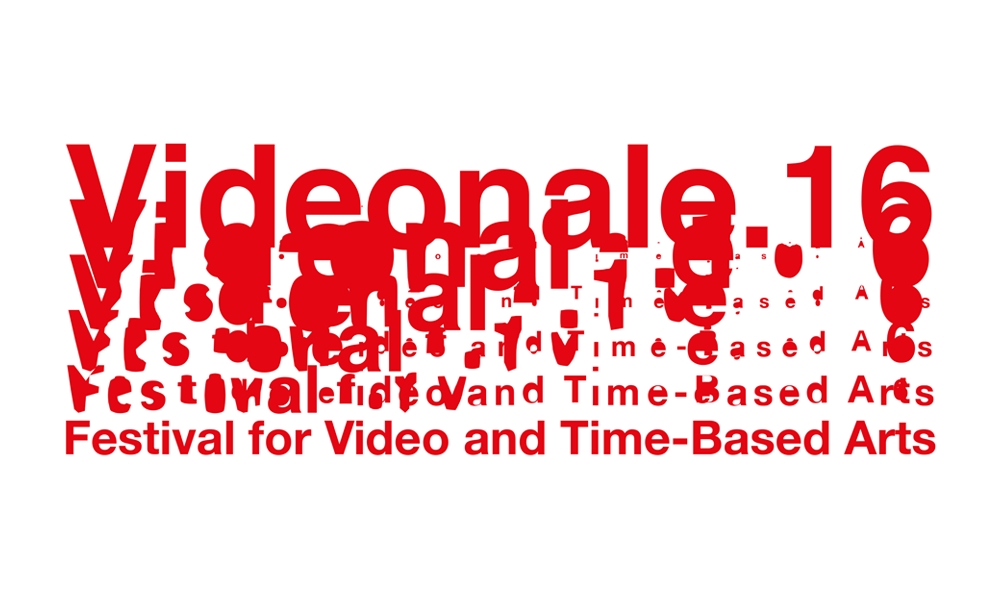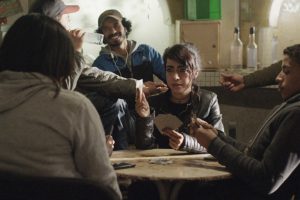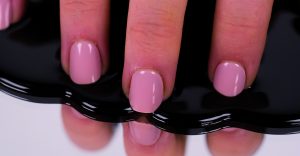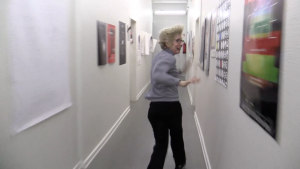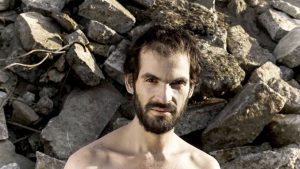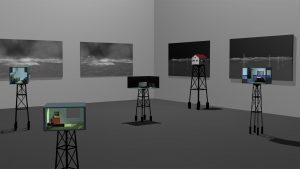VIDEONALE.16 – Festival for Video and Time-Based Arts took place from February 17 to April 2, 2017 at Kunstmuseum Bonn, Germany with an exhibition of 43 moving image based artworks, selected by an international jury out of 2.339 submissions from artists worldwide. The Call for Entries was open for single and multi-channel moving image works, Virtual Reality and live performances.
The Videonale exhibition at Kunstmuseum Bonn was accompanied by an extensive festival program with lectures, talks, screenings, workshops, performances in the museum and the city of Bonn. Videonale was founded as a festival in 1984, Bonn, and to this time, takes place every two years. It is one of the oldest festivals for video and time-based arts in Europe with a special focus on young and upcoming international artists.
The screening, entitled VIDEONALE.16 on Tour, presents a selection of six works out of 43, presented at the exhibition of VIDEONALE.16 at Kunstmuseum Bonn in 2017 which all reflect on VIDEONALE.16’s topic “PERFORM!”. “PERFORM!” was the theme of the competition and festival program of the VIDEONALE.16. In its earliest forms, performance as an artistic gesture was an act of liberation – a rejection of the role models and expectations of the art establishment.
Yet today, performance has increasingly come to stand not for freedom of expression, but rather, for the imperative to act. Be it through our constant interaction with digital devices, within which we leave behind traces of ourselves; or through the relentless demand placed on individuals to present themselves online, and to optimize themselves as economic subjects – in all of these ways, our lives, whether consciously or unconsciously, have become ongoing performances. Our movements increasingly take the form of choreographed displays in public spaces, over which we have only limited control.
Curator | Tasja Langenbach
Tasja Langenbach studied Art History and Cultural Sciences in Germany and Spain. After her studies, she assisted in the exhibition MakingThings Public – Atmospheres of Democracy (2004–05) at the ZKM / Center for Arts and Media Karlsruhe, Germany, followed by a position at Gallery Anita Beckers, Frankfurt, Germany. She further held positions as co-curator and project manager for The Art of Popvideo at the MAKK Museum for Applied Arts, Cologne, Germany (2010–11), curator for the film program of SoundTrack_Cologne / See the Sound (2009–2014), project manager at Videonale – Festival for Video and Time-Based Arts, Bonn, Germany. Since 2012 she has been the Artistic Director of Videonale. She continues working as a freelance curator and lecturer for time-based arts and regularly takes part in prize and festival juries for video, film and media arts.
Le Park | Randa Maroufi | Morocco | 2015 | 14′
Surface Glaze | Lotte Meret Effinger | Germany | 2015 | 7’50”
Freeroam À Rebours, Mod#I.1 | Stefan Panhans | Germany | 2016 | 16’13”
Lip sync 2015 | Julia Scher | U.S.A | 2015 | 3’47”
We Eat the Earth / The Earth Eats Us | Lucy Pawlak | U.K | 2016 | 16’31”
Future in the Past | Susanne Wiegner | Germany | 2016 | 7’07”


